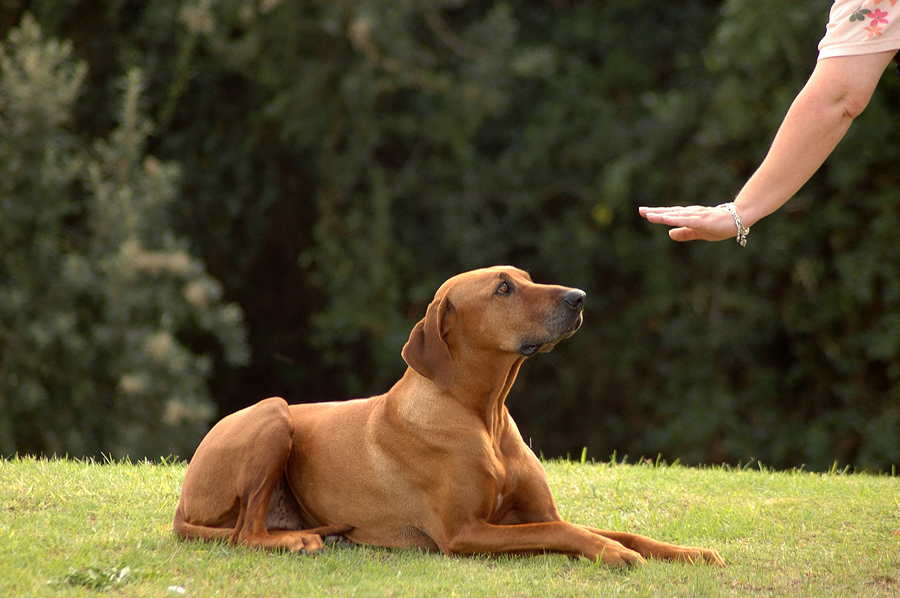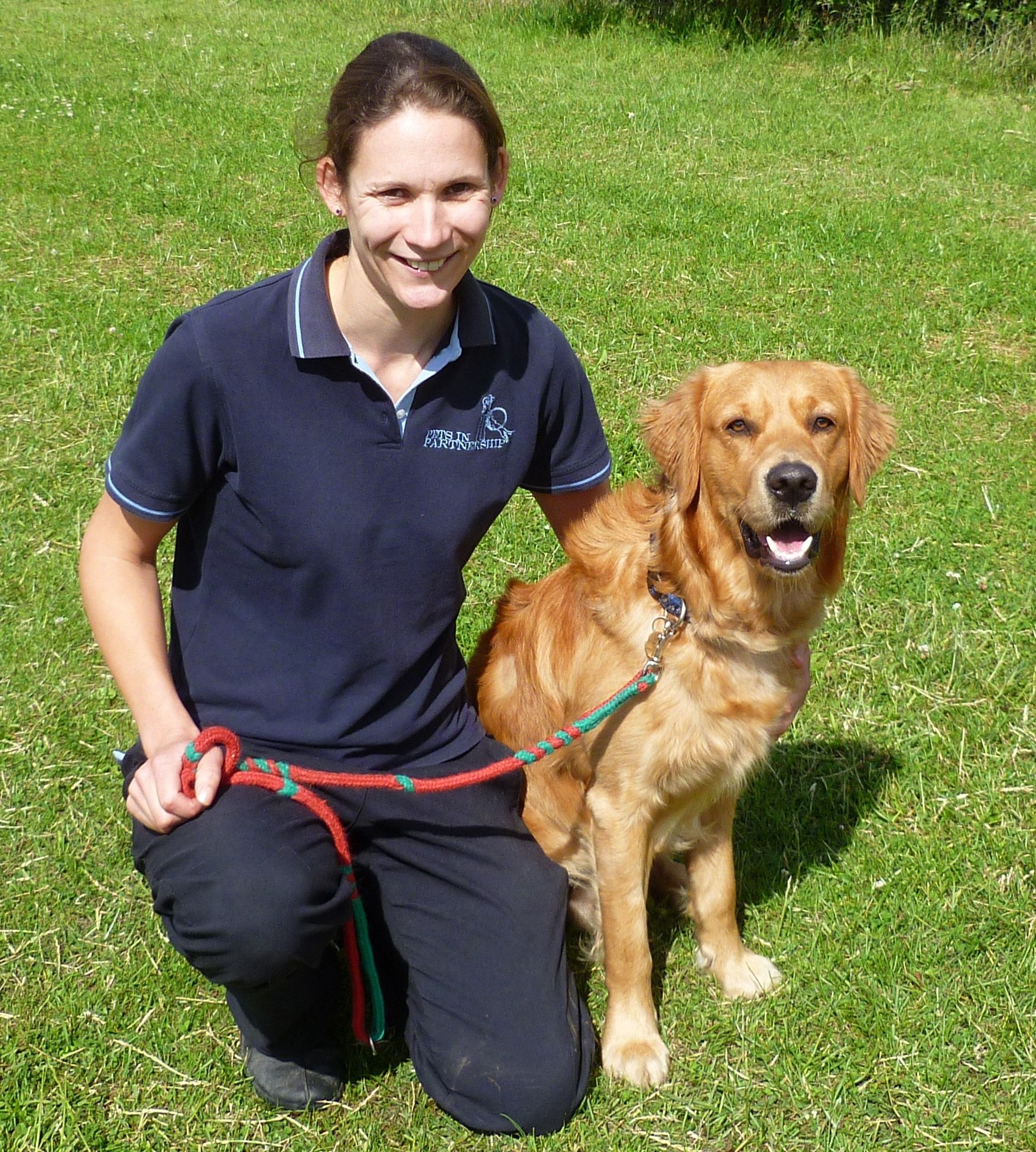Step-by-Step Approach to Dog Training: Simple Tips for Every Dog Owner
Leading Pet Training Strategies Every Owner Must Know

Positive Reinforcement Techniques
Utilizing favorable support strategies is necessary for reliable pet dog training, as it fosters a relying on bond in between the pet and the trainer. This approach focuses on gratifying desirable behaviors instead than penalizing undesirable ones, developing an atmosphere for learning. Benefits can include deals with, praise, or playtime, which inspire pets to duplicate the habits that make them these benefits.

Additionally, this method improves the pet dog's enthusiasm for training sessions. They are extra involved and receptive when canines connect training with favorable experiences. Dog training. Past immediate habits adjustment, favorable support urges a collaborative relationship in between the canine and fitness instructor, decreasing anxiety and worry
To optimize efficiency, it is important to deliver benefits immediately, guaranteeing the pet dog links the habits with the support. In significance, positive reinforcement strategies not just produce better-trained pets yet also promote an unified partnership in between canine and owner.
Remote Control Training Approach
The remote control training method is a very efficient technique that builds upon the concepts of positive reinforcement by including an unique noise to mark desired habits. This method utilizes a little portable device that produces a clicking noise, permitting fitness instructors to communicate with their pets in a clear and instant way. When a pet dog performs a behavior that the proprietor wants to encourage, the clicker is turned on, adhered to by a reward, commonly in the kind of deals with or appreciation.
The key to successful remote control training lies in consistency and timing. It is essential to click at the precise moment the preferred habits takes place, making sure that the dog connects the noise with the action and the subsequent benefit. This method not only boosts communication yet also cultivates a more powerful bond in between the canine and the owner, as it motivates involvement and interaction during training sessions.
Remote control training can be put on a selection of behaviors and commands, from standard obedience to extra complicated methods. Its adaptability and effectiveness make it a preferred strategy amongst expert trainers and animal proprietors alike, paving the way for a responsive and well-trained canine buddy.
Chain Training Fundamentals
Effective leash training is vital for making sure a risk-free and pleasurable walking experience for both dogs and their proprietors. Dog training. Chain training must begin very early and be come close to with persistence and consistency. Begin by selecting an appropriate chain and collar or harness. A level collar may help click here to read some pets, while others may take advantage of a harness that minimizes drawing.
Introduce your dog to the chain gradually, enabling them to discover it in a comfy atmosphere. This entails gratifying your canine for walking beside you instead than pulling in advance.
If your pet dog starts to pull, stop walking right away. Additionally, practice numerous strolling settings to help your dog adjust to disturbances.
Normal practice will strengthen your pet dog's understanding of leash decorum. Keep in mind that leash training is an ongoing process; patience and consistency will generate the most effective outcomes, cultivating a positive experience for both you and your canine buddy.
Socialization Techniques
Socialization is an essential aspect of dog training that ought to ideally start during puppyhood however can be advantageous at any kind of age. Efficient socializing helps canines create self-confidence and reduces the possibility of behavior problems. To carry out successful socialization approaches, reveal your dog to a range of settings, people, and other pets.
Beginning with regulated settings, such as pup classes or organized playgroups, where young pets can interact safely. Progressively present your pet dog to new experiences, including various sounds, surfaces, and activities. Make certain these encounters are favorable and fulfilling to develop a complacency.
For grown-up pet dogs or those lacking exposure, start with low-stress scenarios. Short, favorable interactions with pleasant people and calm canines can develop favorable associations. Make use of treats and appreciation to strengthen desirable actions during these experiences.

Consistency and Persistence
Identifying the importance of uniformity and patience in pet dog training is important for accomplishing long lasting results. Educating a pet dog is a progressive procedure that needs an organized method and unwavering dedication from the owner. Each command or actions should be strengthened consistently to assist the pet comprehend what view website is expected of them. Irregular training can result in complication, making it hard for the pet dog to comprehend habits or commands, eventually hindering progression.
Pet dogs, like human beings, discover at their own rate. This cultivates a trusting partnership in between the dog and owner, encouraging an extra enthusiastic and prepared learner.
To grow uniformity and perseverance, establish a regular training routine, utilize the very same commands, and index guarantee that all member of the family apply the exact same training principles - Dog training. By doing so, you develop a secure environment for learning, permitting your pet dog to grow and develop right into a mannerly companion
Conclusion
In final thought, reliable canine training techniques, such as favorable reinforcement, remote control training, and proper chain training, are crucial for promoting a healthy owner-dog relationship. Additionally, implementing socialization methods and keeping uniformity and perseverance throughout the training procedure adds considerably to a pet dog's overall health. By incorporating these approaches, pet dog owners can promote the advancement of well-adjusted, loyal pets, ultimately enhancing the quality of life for both the pet dog and the owner.
Among the most noticeable techniques are positive support, clicker training, and leash training, each offering one-of-a-kind advantages that contribute to a mannerly pet dog. As we explore these basic methods, it ends up being apparent that mastering their subtleties can significantly impact the training experience and the pet's total habits.Using favorable support techniques is crucial for efficient pet training, as it promotes a relying on bond in between the trainer and the canine.In conclusion, efficient canine training techniques, such as favorable support, remote control training, and appropriate leash training, are crucial for fostering a healthy and balanced owner-dog partnership. By incorporating these methods, pet dog proprietors can assist in the growth of well-adjusted, loyal family pets, eventually improving the high quality of life for both the owner and the dog.